RivaXa | 2.5 mg | Tablet | 10 pcs
৳ 80.00
Brand Name: RivaXa Tablet
Generic: Rivaroxaban
2.5 mg
Manufacturer: Square Pharmaceuticals Ltd.
Unit Price: ৳ 8.00 (2 x 10: ৳ 160.00)
Strip Price: ৳ 80.00
Indications
Rivaroxaban 2.5 mg:
- For the prevention of atherothrombotic events in adult patients after an Acute Coronary Syndrome (ACS) with elevated cardiac biomarkers (Troponin or CK-MB). It is co-administered with Aspirin alone or with Aspirin plus Clopidogrel orTidopidine.
Rivaroxaban 10-20 mg:
- To reduce the risk of stroke and systemic embolism in patients with nonvalvular atrial fibrillation
- Deep vein thrombosis (DVT) & pulmonary embolism (PE) and reduction in the risk of recurrence of DVT and of PE
- For the prophylaxis of DVT, which may lead to PE in patients undergoing knee or hip replacement surgery
Therapeutic Class
Pharmacology
Dosage
Rivaroxaban 2.5 mg:
The recommended dose is 2.5 mg twice daily. Patients should also take a daily dose of 75-100 mg Aspirin or a daily dose of 75-100 mg Aspirin in addition to either a daily dose of 75 mg clopidogrel or a standard daily dose of ticlopidine.
Rivaroxaban 10-20 mg:
Nonvalvular Atrial Fibrillation: For patients with Creatinin Clearance >50 mL/min: 20 mg orally, once daily with the evening meal. For patients with Creatinin Clearance 15-50 ml/min: 15 mg orally, once daily with the evening meal
Treatment of DVT & PE: 15 mg orally twice daily with food for the first 21 days for the initial treatment of acute DVT or PE. After the initial treatment period, 20 mg orally once daily with food for the remaining treatment
Prevention in the risk of recurrence of DVT and of PE: 20 mg once daily with food
Prophylaxis of DVT following Hip replacement surgery: 10 mg once daily for 35 days
Prophylaxis of DVT following knee replacement surgery: 10 mg once daily for 12 days
Administration
Interaction
Contraindications
Side Effects
Pregnancy & Lactation
There are no adequate or well-controlled studies of Rivaroxaban in pregnant women, and dosing for pregnant women has not been established.
Safety and efficacy of Rivaroxaban have not been established in breast-feeding women
Precautions & Warnings
Storage Conditions
| Generic Name | Rivaroxaban |
|---|---|
| Tablet | 2.5 mg |
Only logged in customers who have purchased this product may leave a review.



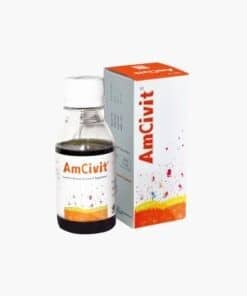
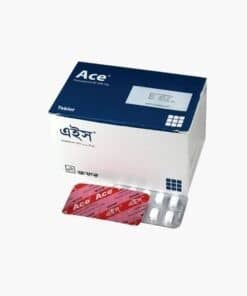

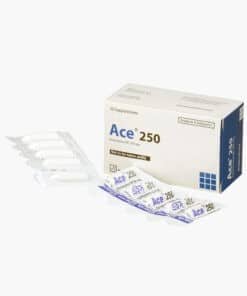
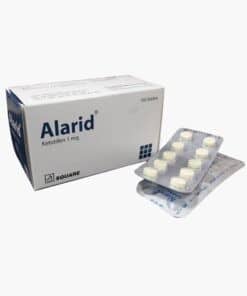
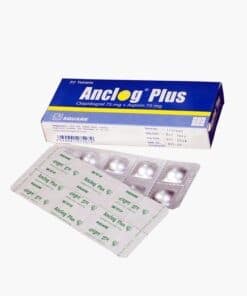
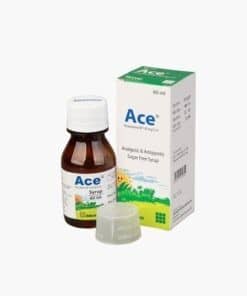
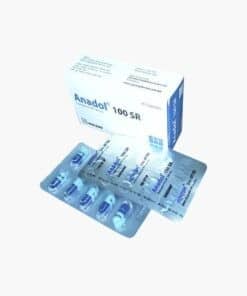
Reviews
There are no reviews yet.